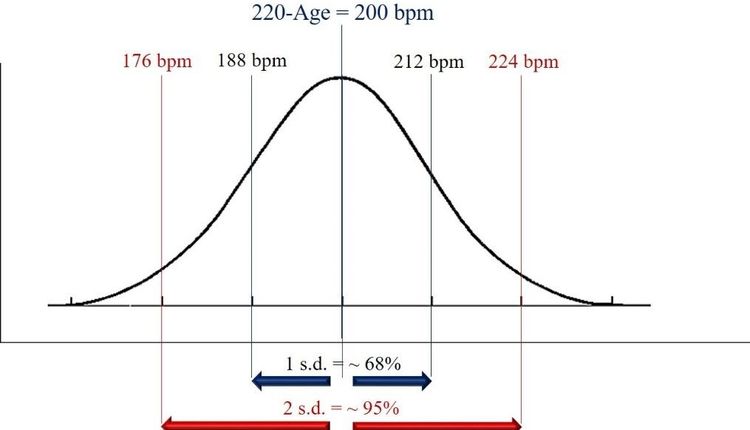New research presented at the UK National Stem Cell Network Annual Science Meeting in Nottingham shows that adding fat to mouse stem cells grown in the lab affects their response to the signals that push them to develop into one or other of the main types of fat storage cells - subcutaneous (under the skin) or visceral (around the organs).
Visceral fat - the so-called "pot-belly" - indicates a much higher risk of cardiovascular disease and type 2 diabetes than subcutaneous fat. This discovery will help us to understand the fundamental biology underpinning these two major causes of obesity-related morbidity and mortality in the developed world.
During development, some groups of stem cells will go on to become adipose cells - the large globular cells that store and metabolise fats from our diets. This research suggests that the distribution of visceral versus subcutaneous adipose cells is at least in part down to the nutrition available to stem cells during the early stages of development.
continued at MedicalNewsToday.com>>
Visceral fat - the so-called "pot-belly" - indicates a much higher risk of cardiovascular disease and type 2 diabetes than subcutaneous fat. This discovery will help us to understand the fundamental biology underpinning these two major causes of obesity-related morbidity and mortality in the developed world.
During development, some groups of stem cells will go on to become adipose cells - the large globular cells that store and metabolise fats from our diets. This research suggests that the distribution of visceral versus subcutaneous adipose cells is at least in part down to the nutrition available to stem cells during the early stages of development.
continued at MedicalNewsToday.com>>







